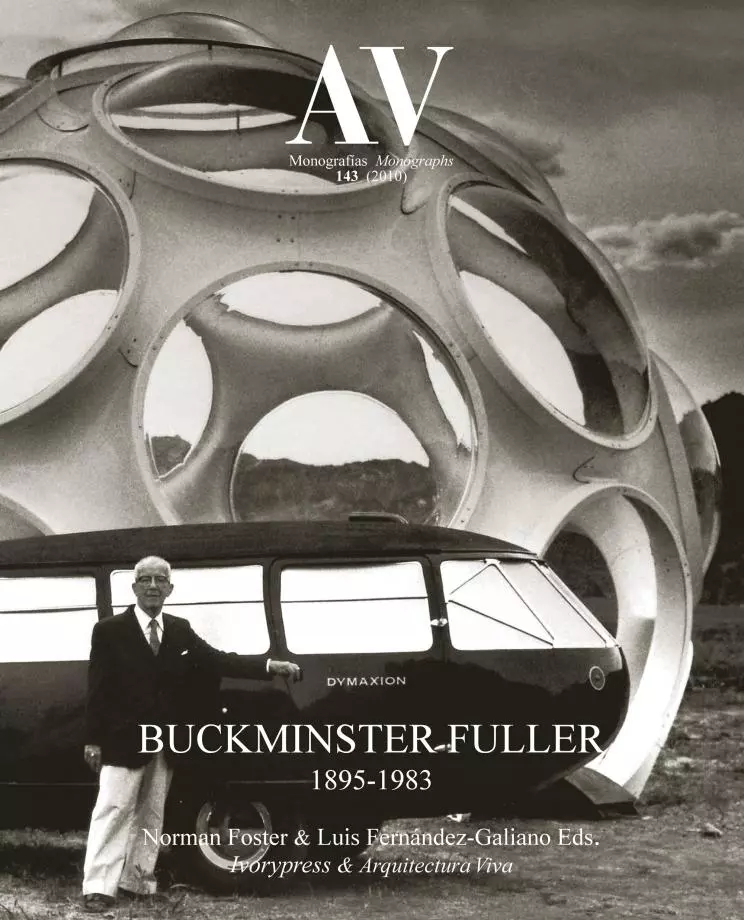
4D Thinking: Light Works for the Planet
Born in 1895 into a distinguished family of Massachusetts – which included Margaret Fuller, his grandaunt, a feminist and writer linked with the transcendentalist circles of Emerson and Thoreau –, Richard Buckminster Fuller Jr. left Harvard University, where all the male Fullers had studied since 1740, to become an autodidact and get by with different jobs. After marrying Anne Hewlett and serving in the Navy during World War I, he worked for his architect fatherin-law in a company that manufactured reinforced bricks, which he left in 1927, starting a year of isolation and silence during which he developed many of his ideas, like four-dimensional thinking (including time), which he labelled 4D, and the search through design of maximum human benefit with minimum use of energy and materials, inventing light and portable towers that could be moved with airships to any place in the planet – which he was already beginning to perceive as ‘Spaceship Earth’. The so-called 4D Lightful Towers had a central support from which the dwelling units hung, with triangulated floors and facades, in pursuit of a lightness and a fast-paced construction that Fuller compared with the heavy weight and slow speed of traditional building...[+]





